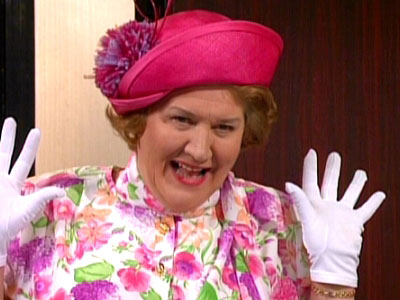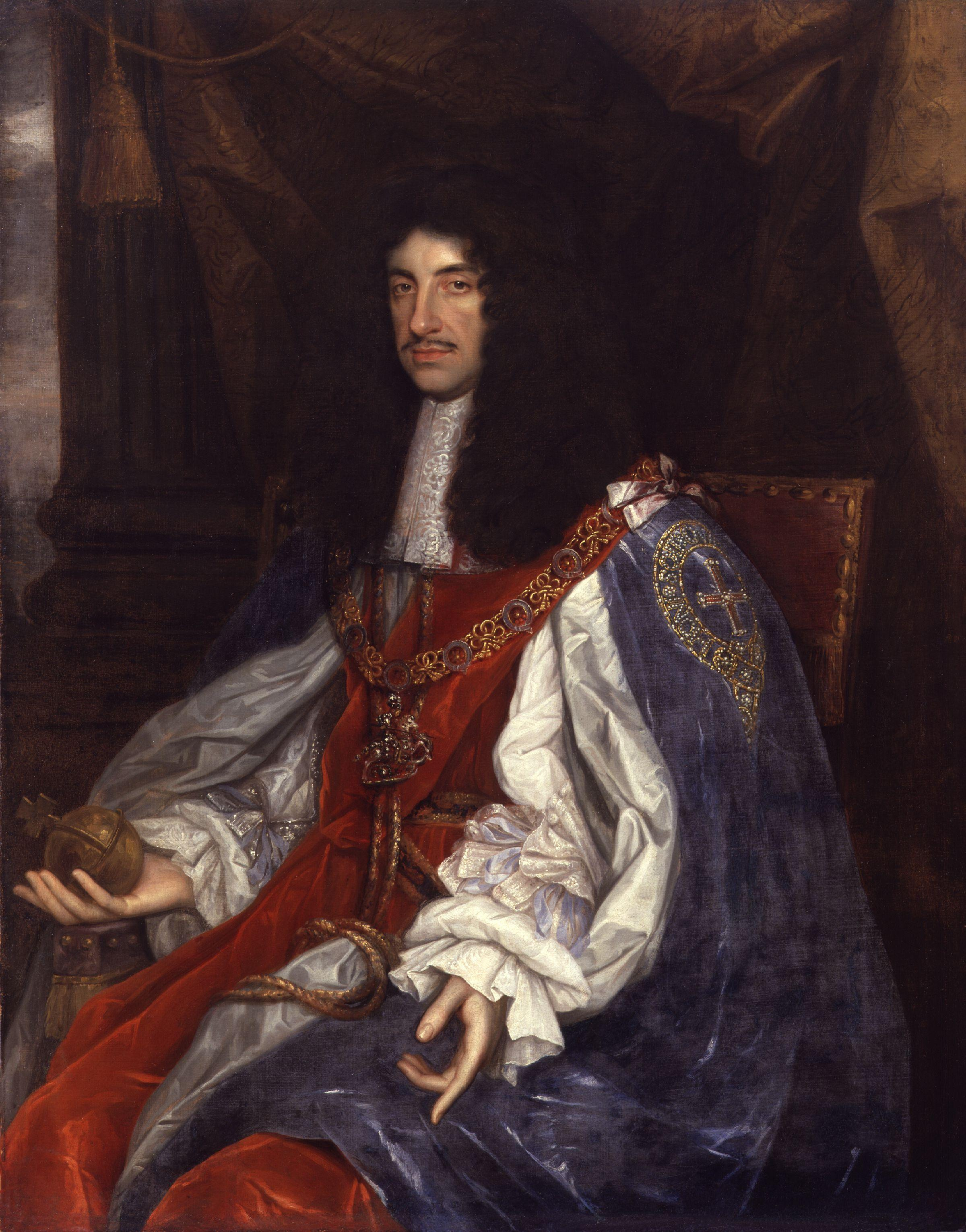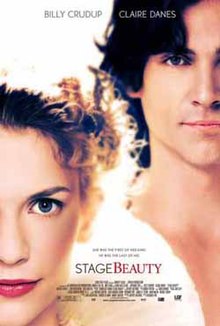Character Study
The first thing we did was read the whole play through to get a feeling and understanding of the play. I didn't really have a preference on which character I wanted, but I did want a character that goes all out and that character was Lady Plyant, who I got.
Things about my character:
Age: 28 years old.
Year: The play is based in 1963.
Personality: Lady Plyant is a loud, attention grabbing woman. She metaphorically wears the pants in her marriage with Sir Paul. She is very self-centred and believes nearly everything she hears. She pretends to be virtuous and pure to everyone, especially Sir Paul but the truth is that she really has many lovers and just doesn't sleep with Sir Paul.
Relationship with Characters:
Sir Paul Plyant: Sir Paul and Lady Plyant pretend to the world to be the happiest married couple; Lady Plyant pretends to her husband that she is too chaste to grant him her sexual favours, while enthusiastically pursuing intrigues with others.
Cynthia: Cynthia is Lady Plyant's step daughter. In the whole play they have 3 scenes together (one including the end) and they are never alone together, showing that they are not very close. Whenever they are together Sir Paul is nearly always with them. Cynthia becomes angry at her father as he's always doing everything for her step mother and listening to her. On page 42 she says, "That my poor father should be very silly!" in regards to Lady Plyant increasing his allowance, but behind his back she's plotting to have an affair with Mr Careless, which Cynthia can see.
Mellefont: Mellefont is Lady Plyant's nephew by marriage. Lady Touchwood tells Lady Plyant and Sir Paul that Mellefont fancies her and that he wants to sleep with her, causing Lady Plyant to become angry and appalled but secretly loving it.
Careless: Careless starts showing attention to Lady Plyant when Mellefont asks for his help in distracting her from Mellefont. Sir Paul also doesn't help matters by unknowingly pushing Careless to interact with Lady Plyant. Lady Plyant is fluttered by the attention Careless is showing her but she covers it by playing the pure act.
Maskwell: Maskwell is the double dealer of the play. They never have a scene together (apart from the end) but him and Lady Touchwood uses Lady Plyant in their plan to break up Cynthia and Mellefont, showing that he has no care or interest for Lady Plyant, only to use her. Page 17, "You have already been tampering with my Lady Plyant." The my in that sentence makes them seem a lot closer than they actually are but it also shows the power Maskwell has over her.
Lady Touchwood: Lady Touchwood is Sir Paul's sister making her Lady Plyant's sister in law. She has no scenes with her (except for the end) but during the play you hear how she uses Lady Plyant for her plan, for example on page 17, "She is so credulous that way naturally, and likes him so well, that she will believe it faster than I can persuade her." This doesn't show Lady Plyant as a nice woman and now we know that Lady Touchwood does not think highly of her.
Lord Touchwood: The uncle to Mellefont. He is the husband to Lady Touchwood and brother in law to Sir Paul. My character has no scenes with him (except for the ending) but he does talk about her. For example page 26, "I know my Lady Plyant has a large eye, and would centre everything in her own circle; 'tis not the first time she has mistaken respect for love, and made Sir Paul jealous of the civility of an undesigning person..."
Brisk: Lady Plyant and Brisk do not interact at all during the play, but if they did they would both be very polite to each other then call each other names behind the others back, as they are two of the most overdramatic people in the play.
Lady Froth and Lord Froth: Again Lady Plyant does not interact with any of these two characters, but just one small bit in the end scene when Lord Froth says to Cynthia, "Come, my dear, shall we take leave of my lord and lady?" Then he gives Lady Plyant a disgusted look which she scoffs at, she's doing nothing wrong, it's not her fault that man find her charming.
Plot in the Play: Sir Paul and Lady Plyant are the couple who seems very happy in public but behind closed doors they are anything but. In the beginning of the play Sir Paul is seen but not Lady Plyant. He's seen as the tipsy father in law of Cynthia in the first scene, while Lady Plyant is not seen but heard of by Lady Touchwood and Maskwell and their opinion of her is not a very high one. The first scene that Lady Plyant enters on is where Sir Paul and her are furious with Mellefont creating a comical scene. I think as well as being a big part of the plan Sir Paul and Lady Plyant were also used for the comedy value, especially the satire.
Fashion in the 17th Century: Fashion was fast changing as the influence came from other European countries, escpecially France and Portugal. The latest fashion trends were usually set by the Queen at that time, sometimes not intentionally. Charles II's wife Catherine was Portegeuse so her fashion sense would have been different compared to the English, it was said that Catherine displayed a fondness for the recent trend of court ladies wearing men's clothing, which we are told, "showed off her pretty, neat legs and ankles"; and she was even reported to have considered leading the way in wearing shorter dresses, which would show off her feet. Hips became notable fuller in the 17th century and the corsets became tighter, having a lower neckline.
 |
| 17th century dress |
 |
| The front of my dress |
 |
| The back of my dress, it's the same style as the one on the right but one of the cape sides is not clipped properly. |
 |
| 17th Century dress |
My Costume: Lady Plyant wears a blue coloured dress, and one of the words associated with the colour blue is confidence, which Lady Plyant has plenty of. Some alternations have been made making the dress more comfortable to move around in and a bit more restoration style. For example on the back of the dress Laura added a train (like the dress on the top right side) and a half cape (like the one on the bottom right side). The ruffles on the end of the sleeves shows that she's upper class as it's pretty long.
The more I read over my script the more I picture Lady Plyant as the character Hyacinth from the TV show Keeping Up Appearances.

Hyacinth Bucket is the shows social-climbing snob (who insists that her surname is pronounced 'Bouquet'). Hyacinth's primary aims in life are to impress people, particularly those of the upper classes, and to give the impression that she is of high social standing, despite her fairly average status. Richard Bucket is Hyacinth's long-suffering husband who is at her beck and call. He obeys his domineering wife's orders (presumably because that is easier than listening to her complain and rant).
Although Lady Plyant does not drag her husband into far fetched plans the man does listen to everything she says and follows her everywhere, I think he does this because he has no backbone to stick up to her with and finds life is easier if he agrees with her rather then argue.
Hyacinth is also very dramatic and make situations a lot bigger than they really are. Lady Plyant did this in her first scene with Mellefont. She thought he loves her and while telling him off she's grabbing him and pulling him closer to her as she's secretly flattered and finds him very attractive.





